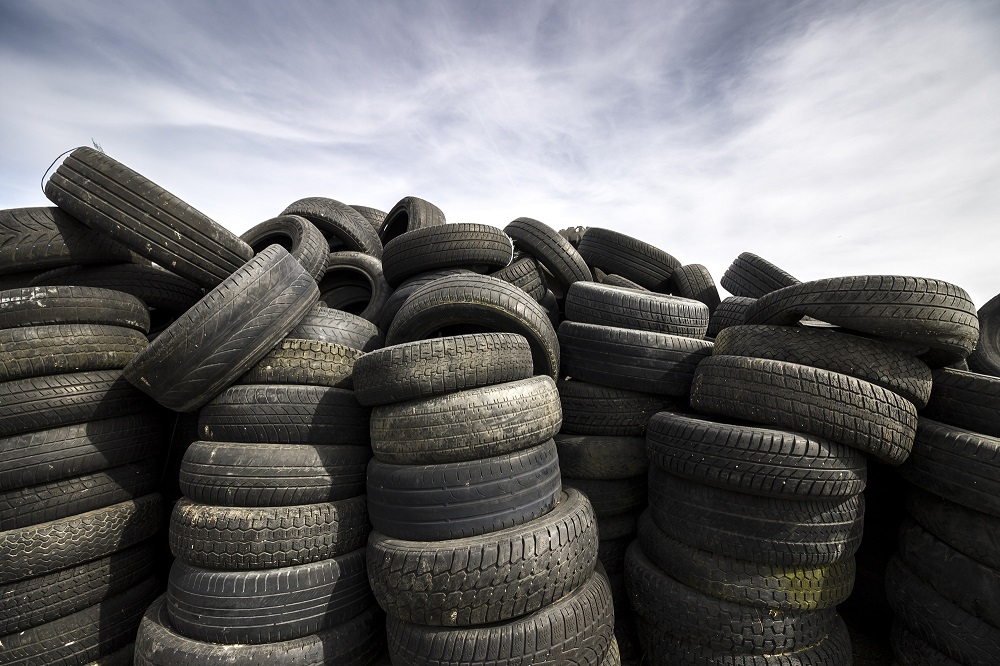The Australian voluntary Stewardship scheme now seems to be on track towards a national EPR body
The partial ban on waste exports from Australia has generated a great deal of research and development across the country. It has also attracted funding to various projects dealing with specific wastes, and tyres have featured heavily in these developments.
This week, at an Australian environment minister’s meeting a number of waste streams were given a priority status, amongst them, the tyre sector.
The product stewardship priority list identifies products and materials considered to be most in need of a product stewardship approach, including post-consumer use and disposal. With 80% of Australia’s used tyre-derived material still being shipped overseas and often to developing countries, the addition of end-of-life tyres sends a clear message that the Australian tyre industry needs to take greater responsibility for its product.
A recent independent review demonstrated that, as a voluntary initiative, the Tyre Product Stewardship Scheme (the Scheme) has reached its peak in its ability to effectively recover and reuse end-of-life tyres. That it is still far from leveraging the full environmental, social and economic benefits this recovered resource can deliver. That without timely regulatory intervention, the Scheme will be unable to shift the dial on these critical indicators or meet community expectations to maximise waste reduction, reuse and recycling outcomes within Australia.
This finding that TSA, as a voluntary scheme, has peaked paves the way for negotiation to follow Tyrewise in New Zealand with a compulsory EPR scheme.
“These critical indicators include some sobering numbers for Australia.” Suggested TSA.
“Australia still exports 80% of its recovered end-of-life tyre-derived material. This means we are effectively exporting opportunities for local manufacturing and job creation.
“Currently, less than 15% of used off-the-road tyres from mining, agriculture and construction are recovered. Because of the high rubber content in these large tyres, an exceptionally valuable resource, this is a missed opportunity to deliver substantial environmental, social and economic benefits for regional, rural and remote communities.
“Over 50% of tyre importers are not currently contributing financially to the Scheme, but instead unfairly free-riding on the work that the Scheme is attempting to achieve.
“By being included on the Minister’s Priority List today, the door has now been opened for Australia to shift these numbers in the right direction.
“We applaud the Minister for the Environment and Water, the Hon. Tanya Plibersek, and all state and territory Environment ministers for listening to stakeholders and the community and recognising that these missed opportunities are no longer acceptable.
We also look forward to a timely outcome through co-regulation under the Recycling and Waste Reduction Act 2020.”




















